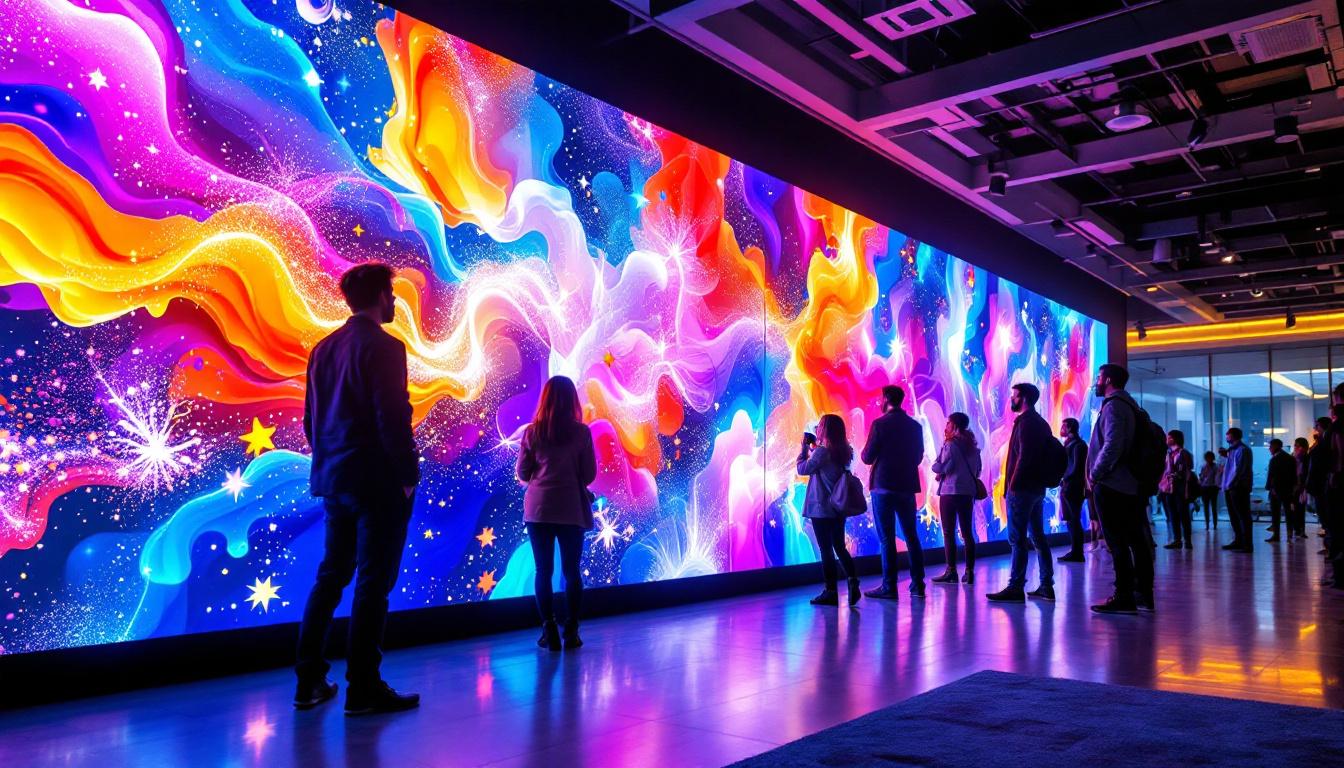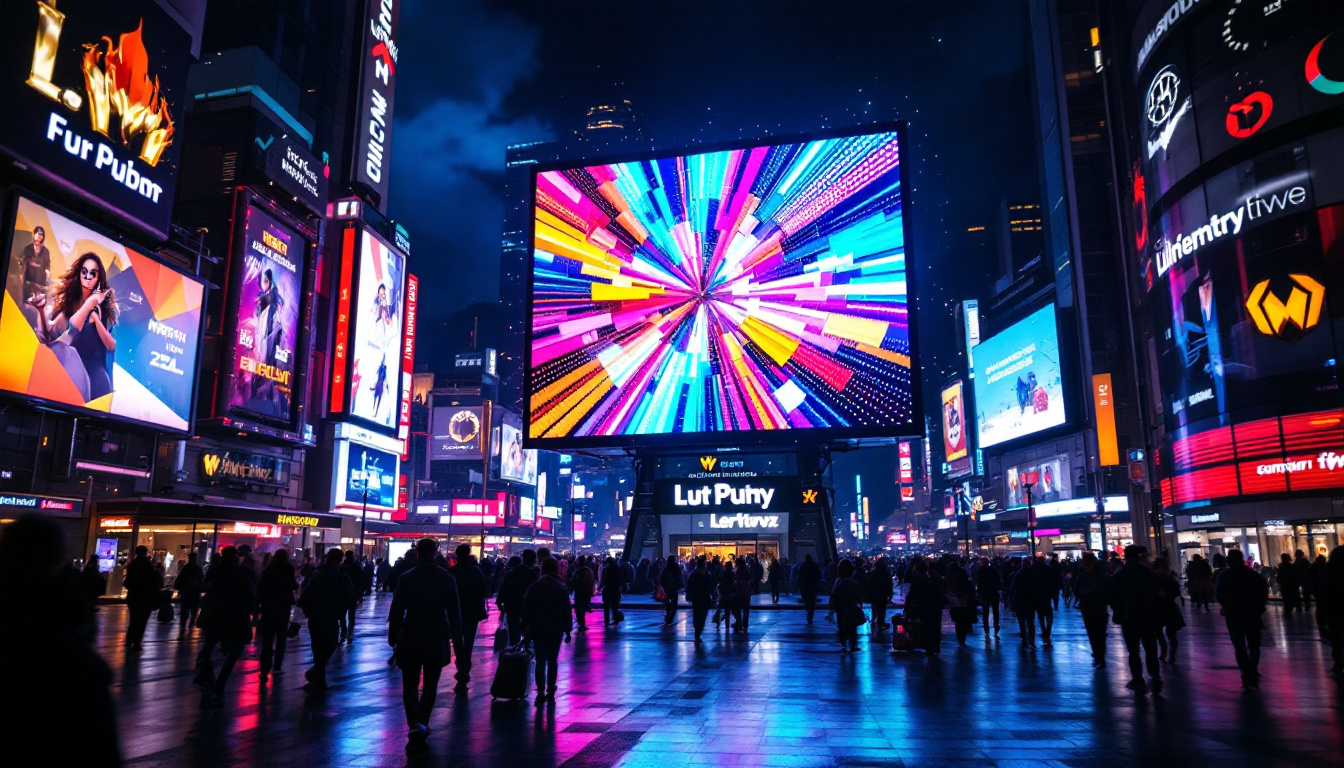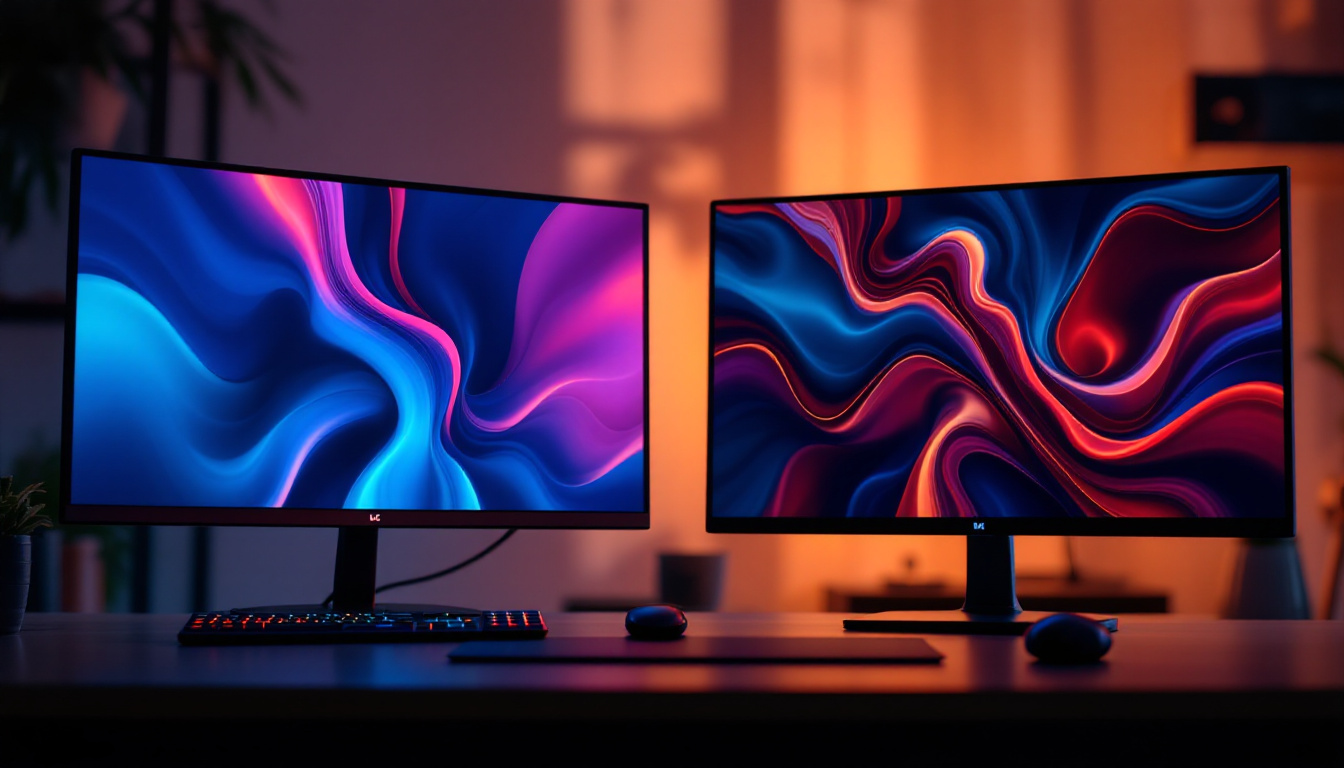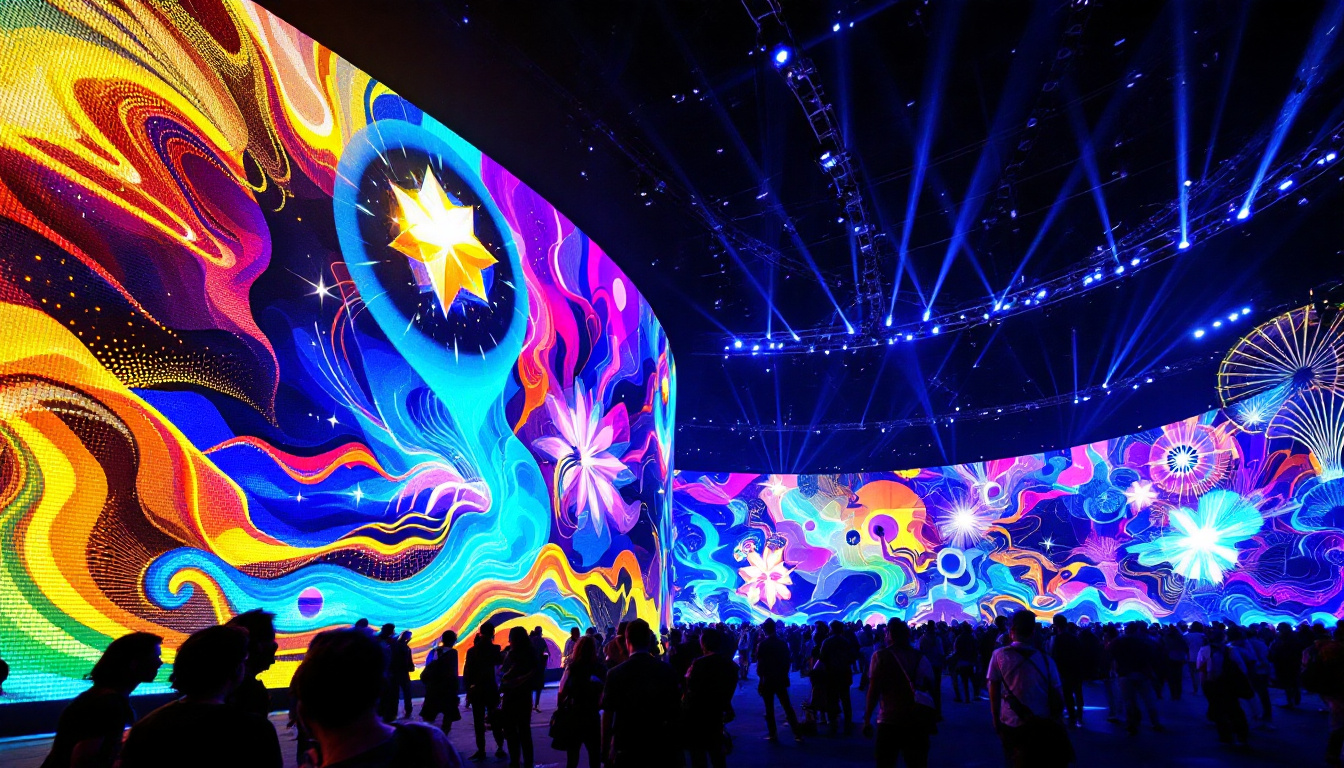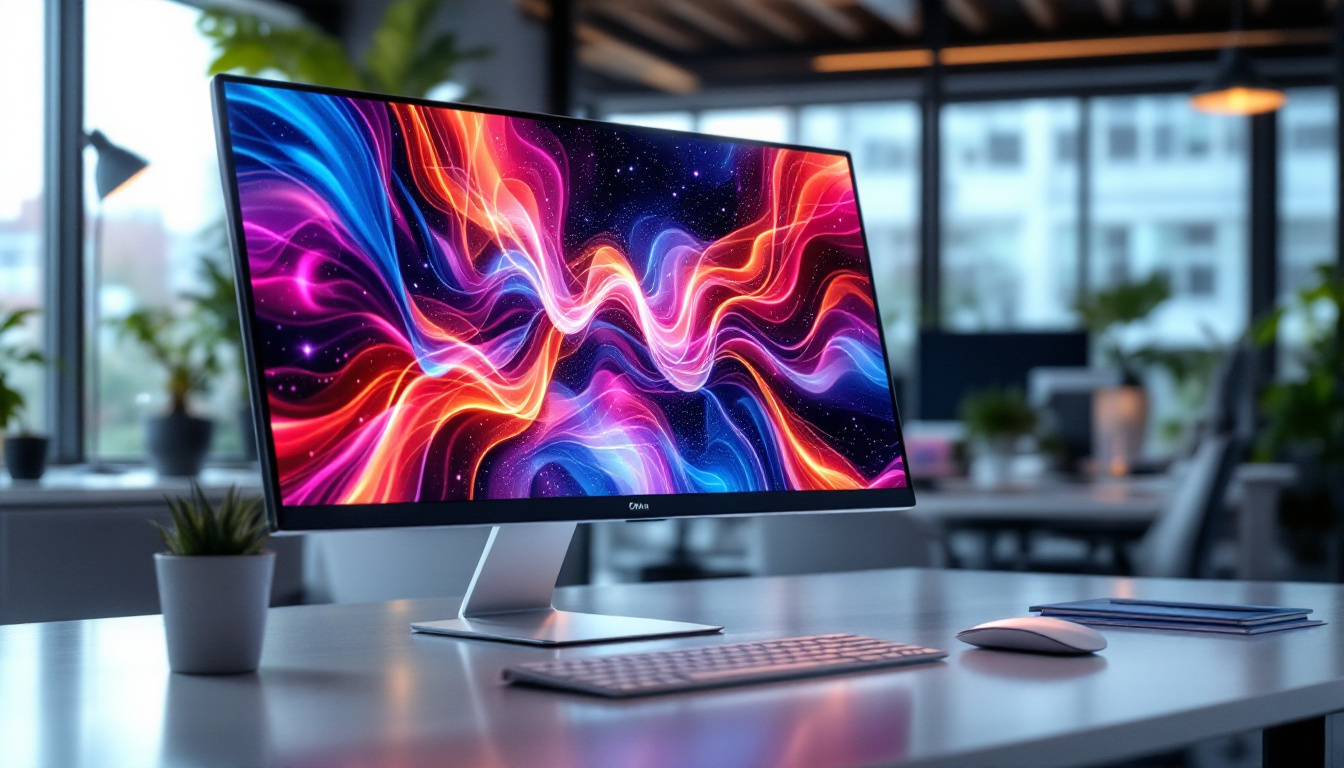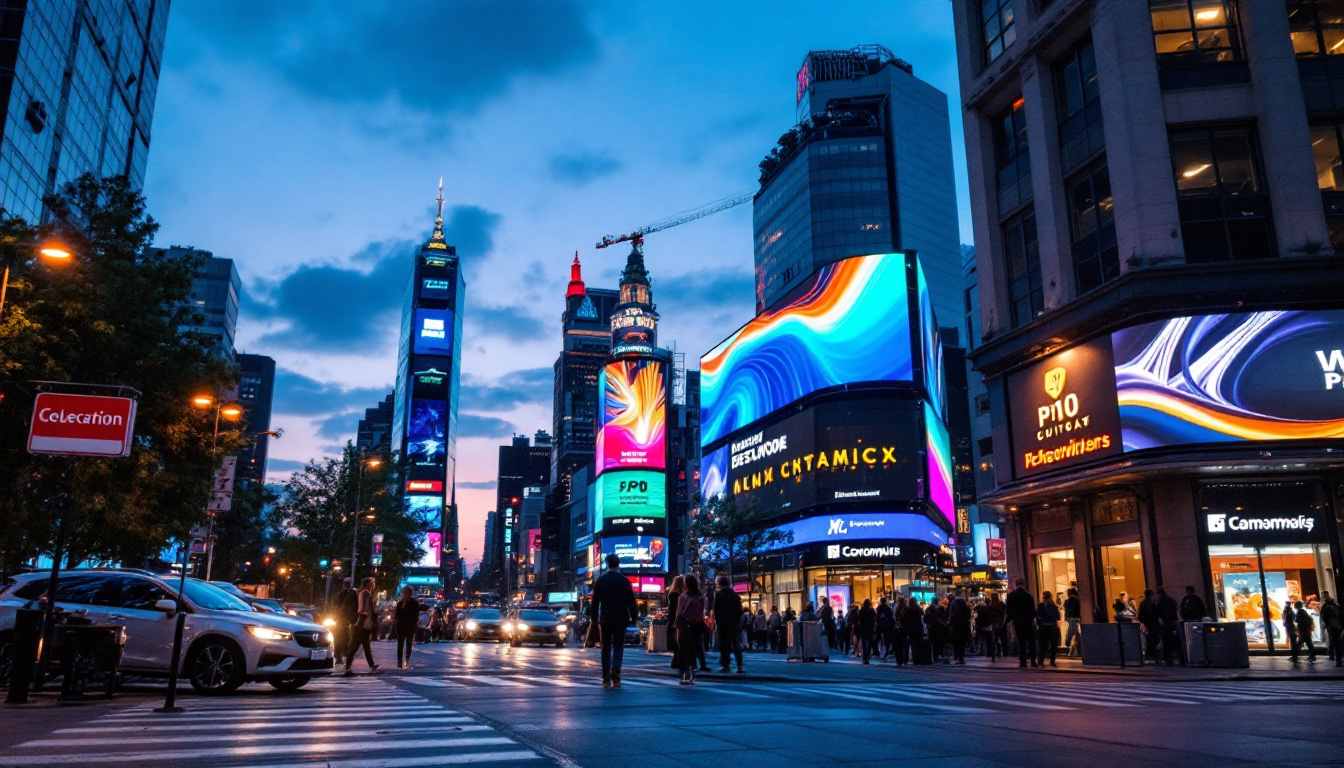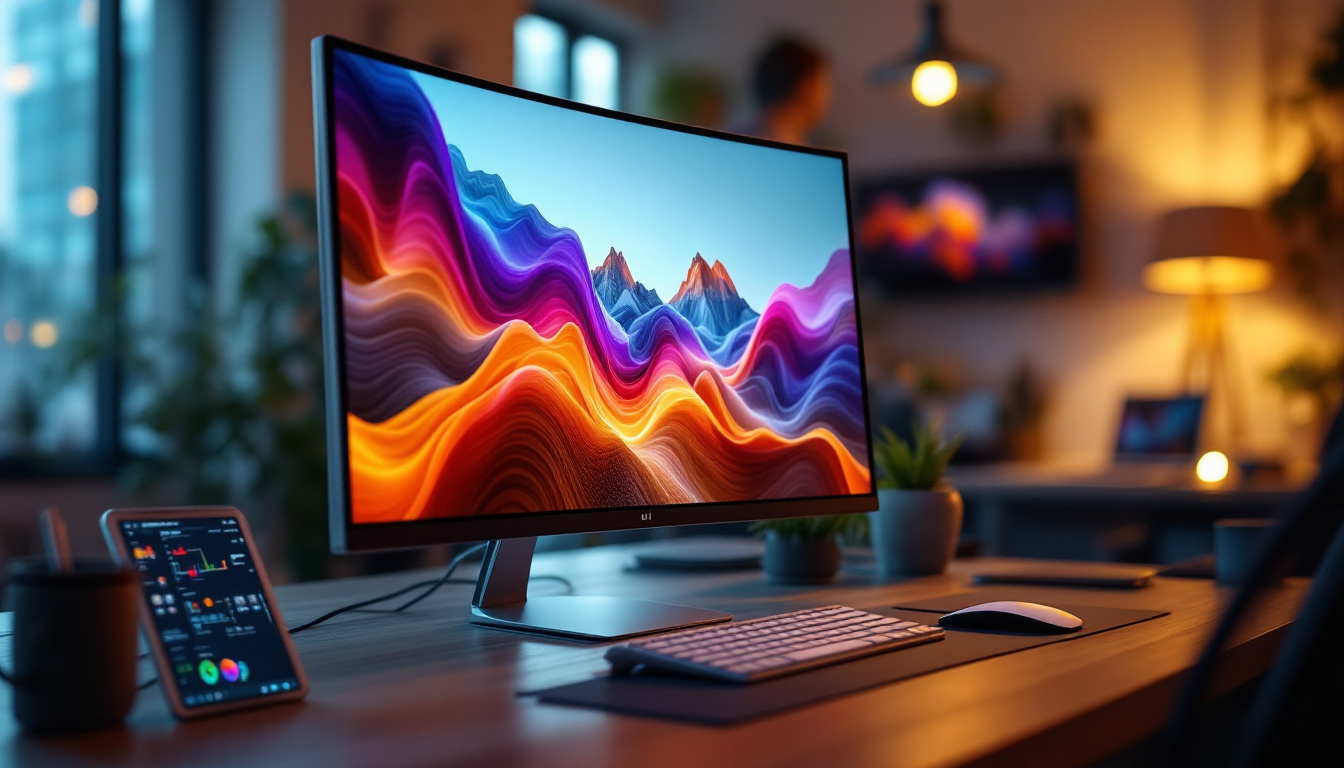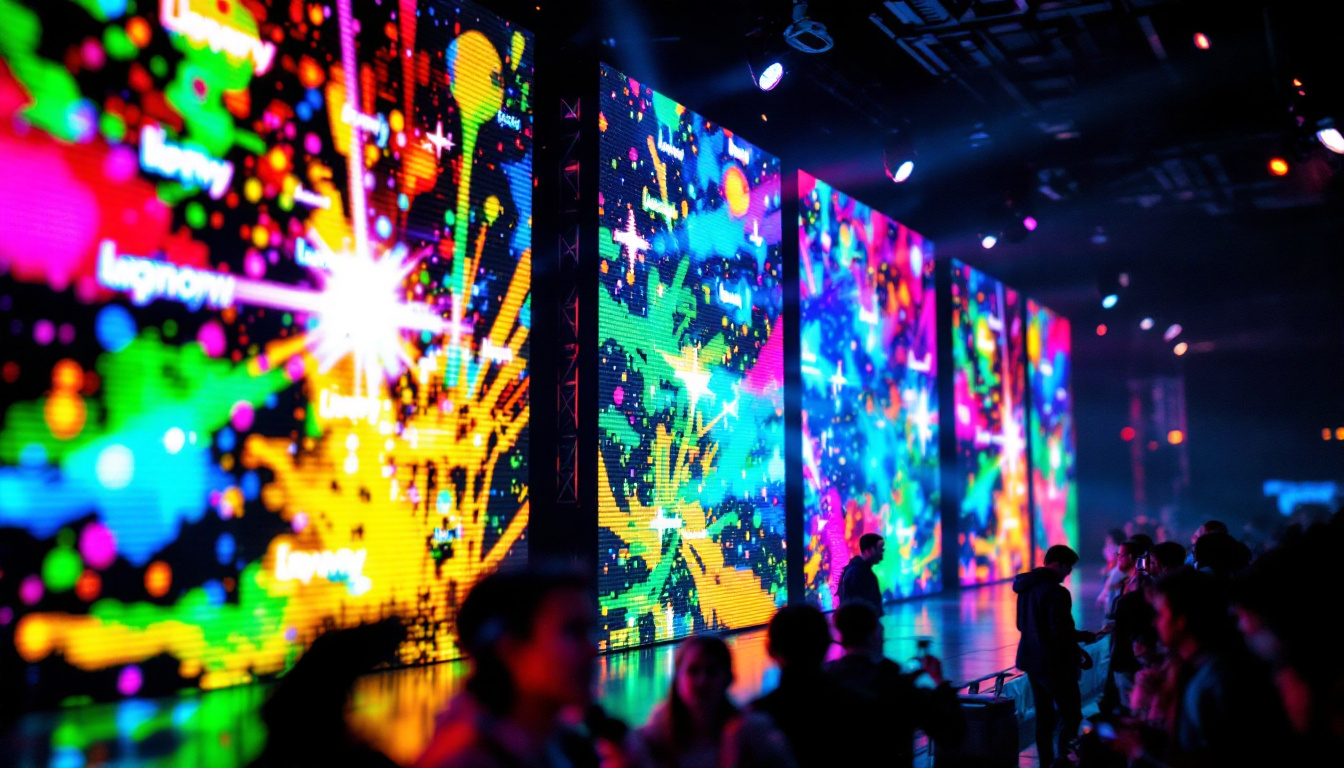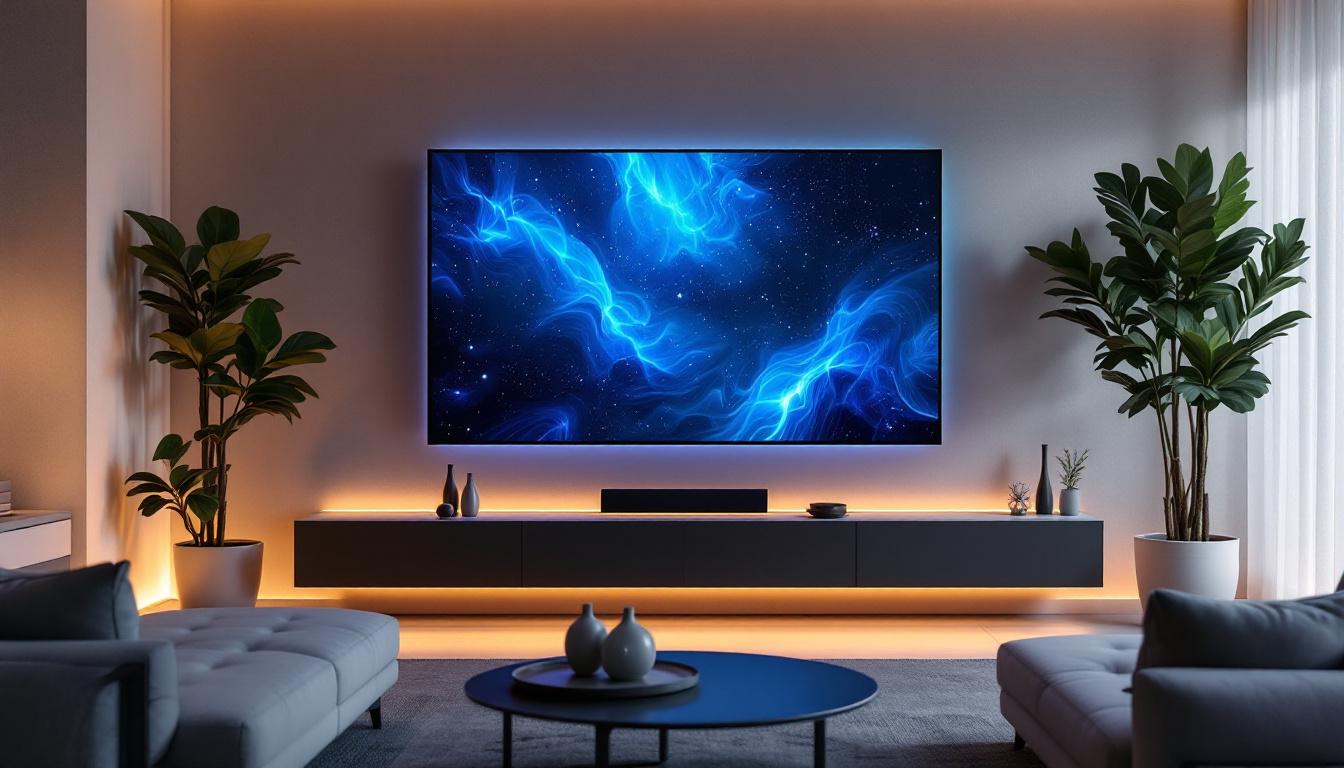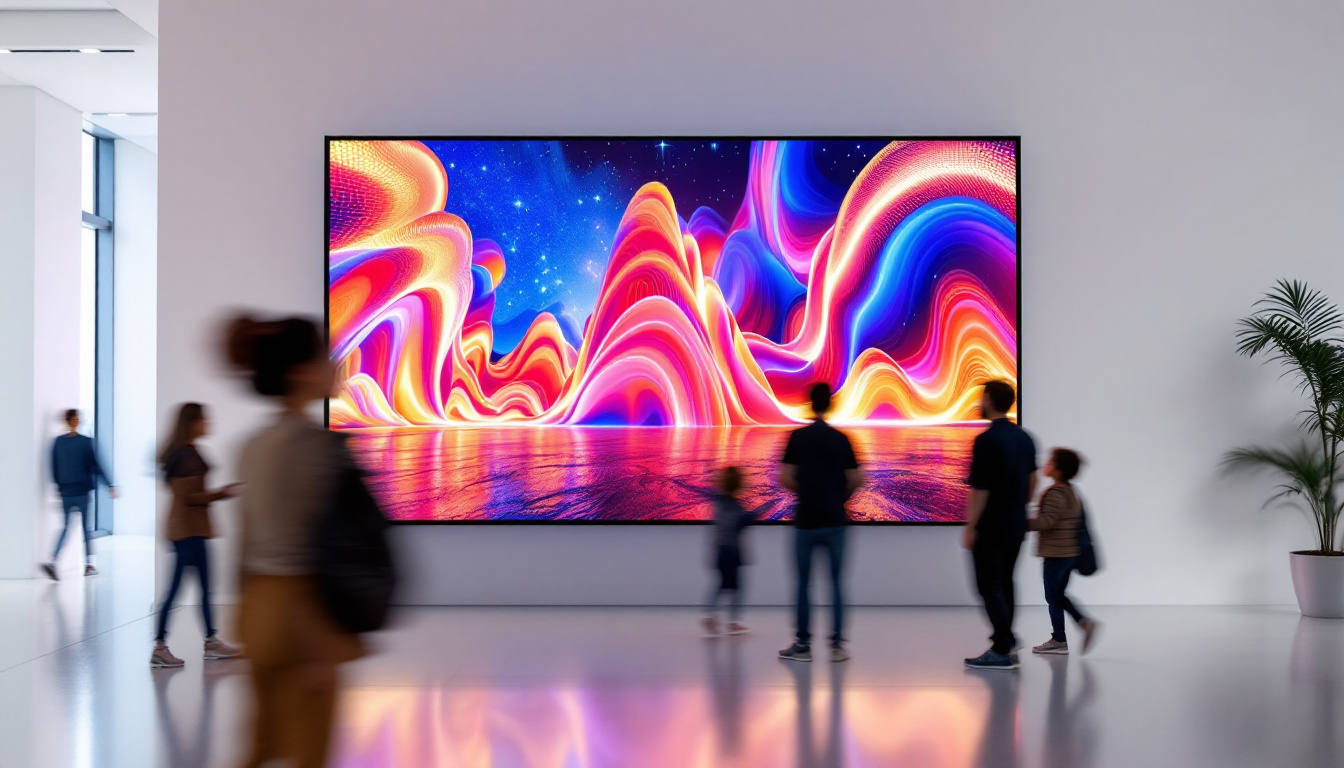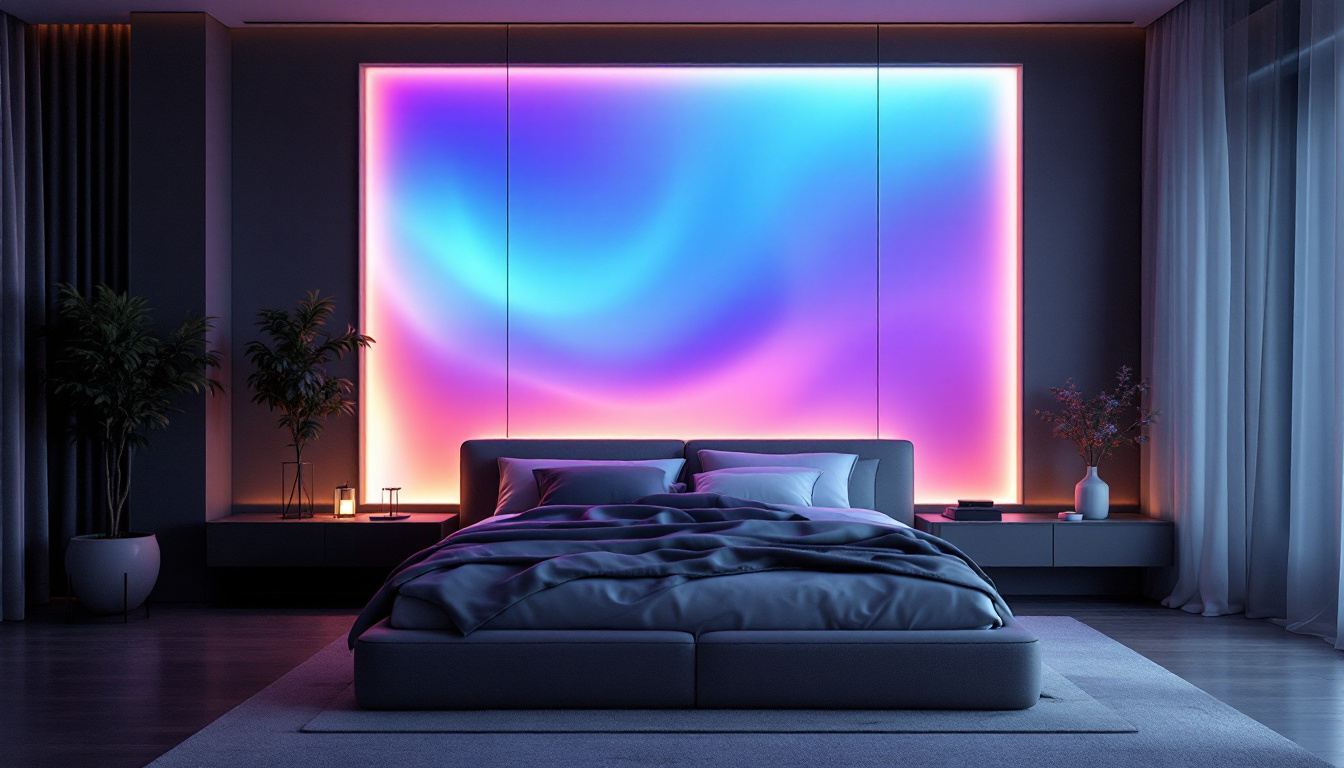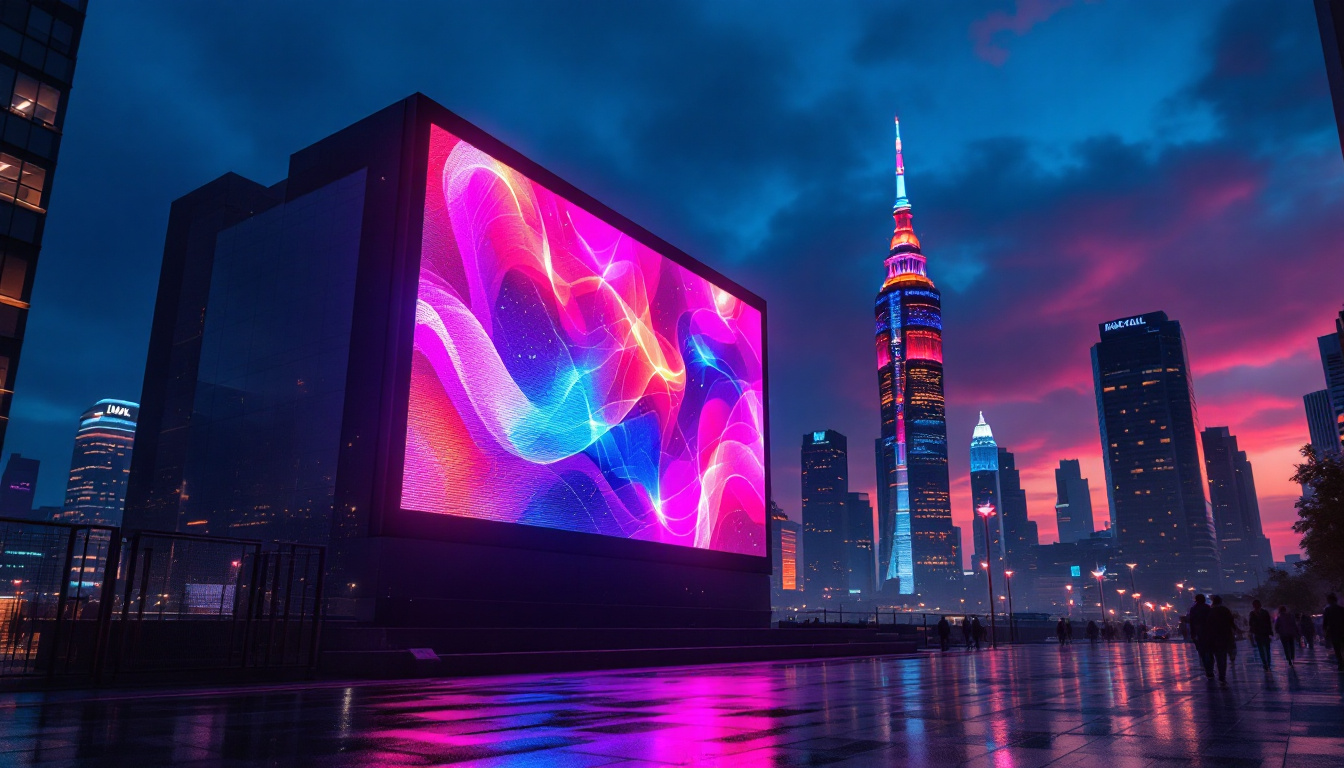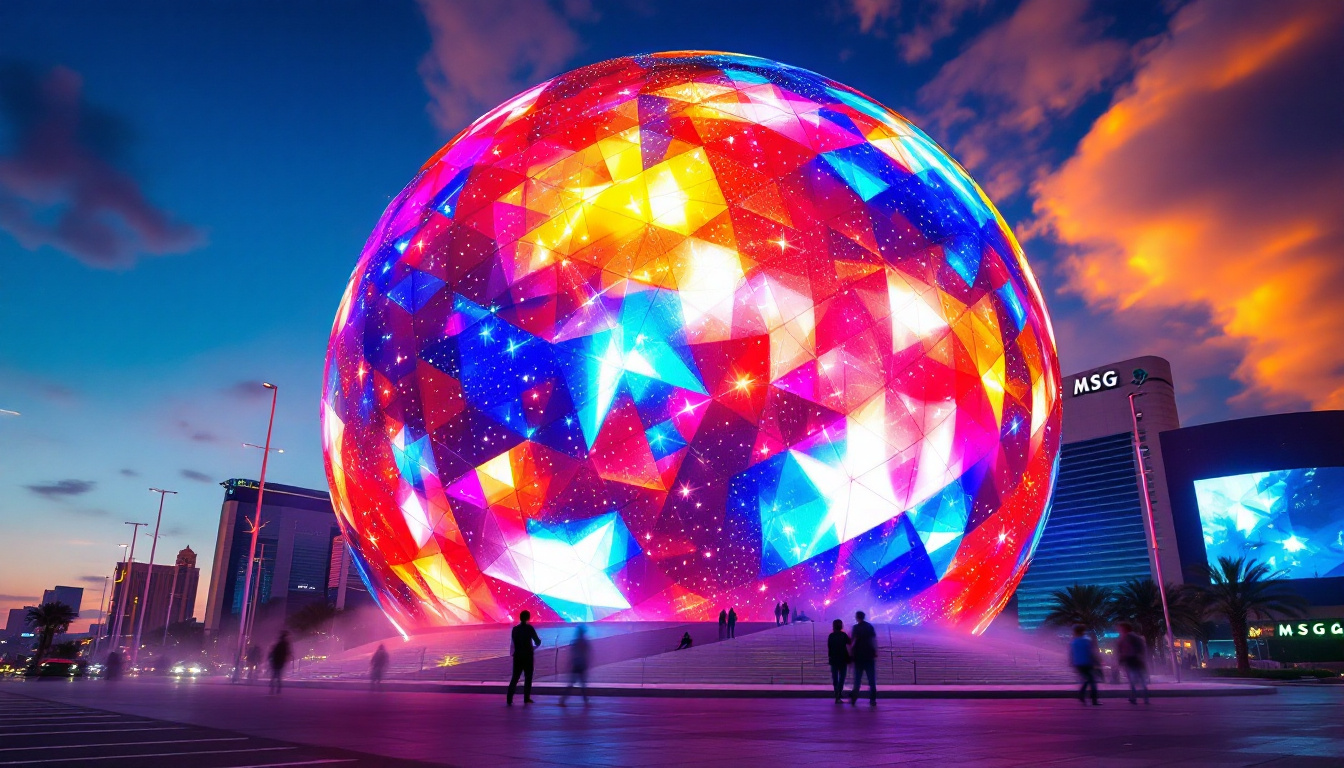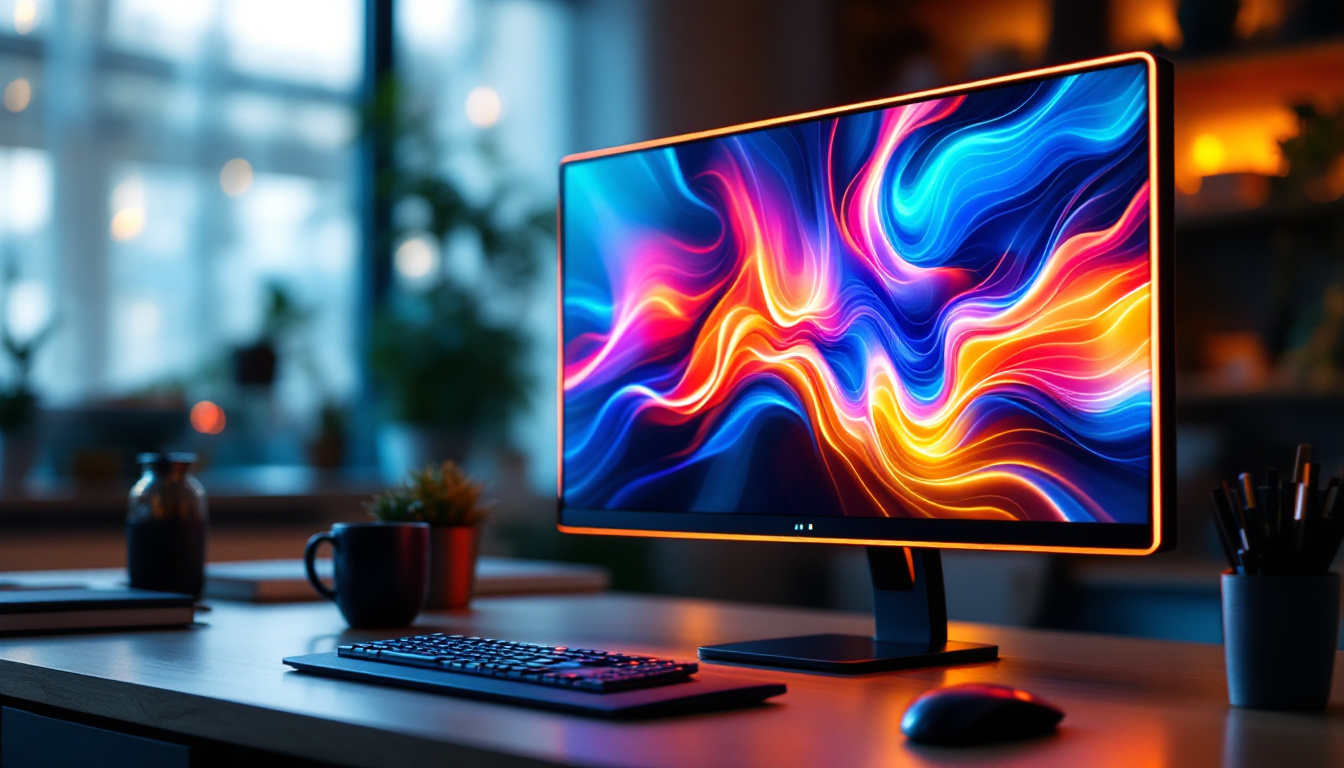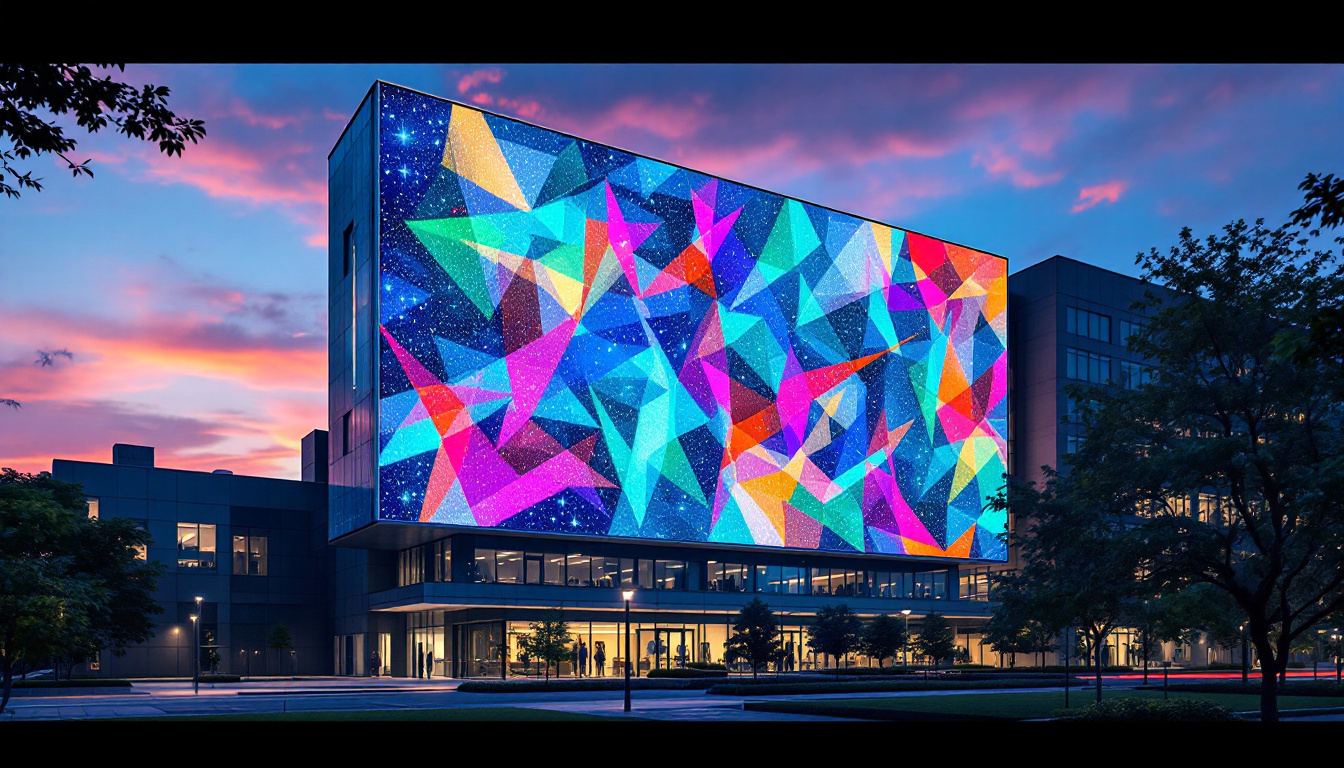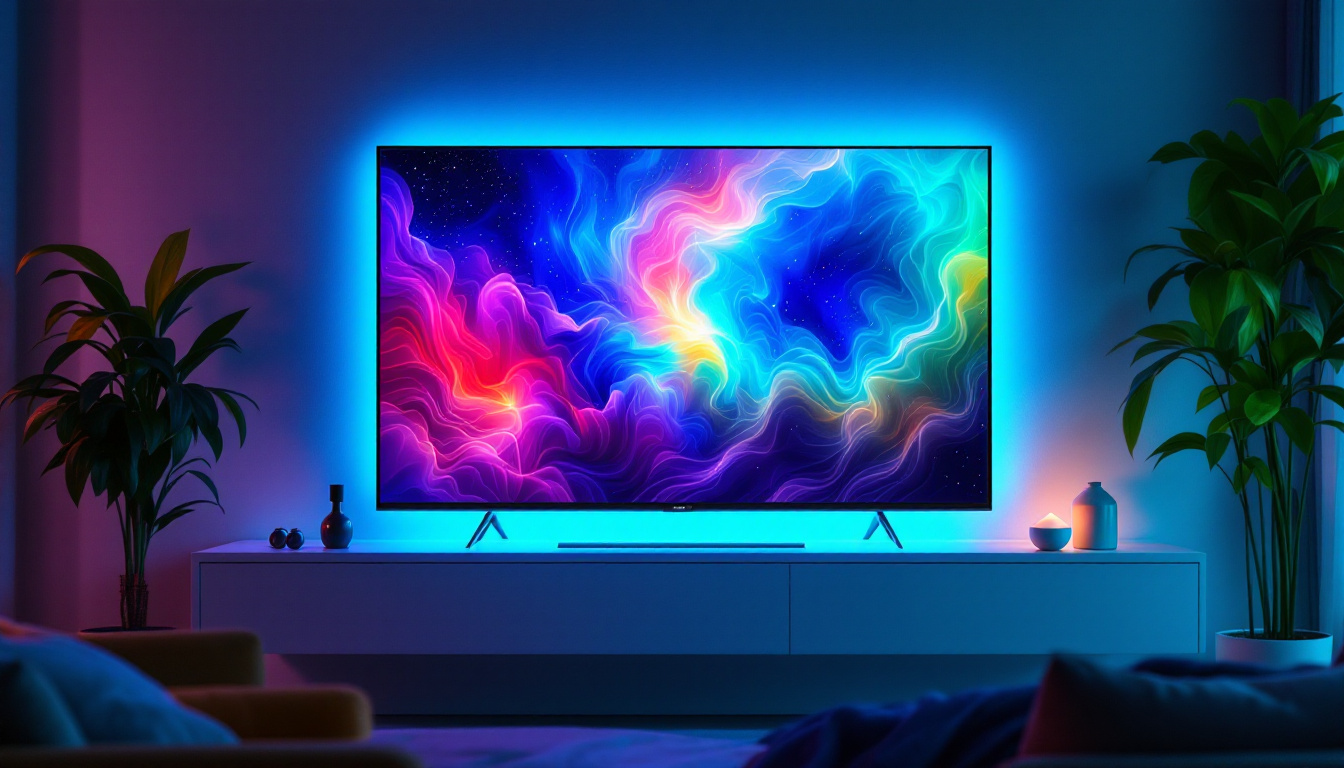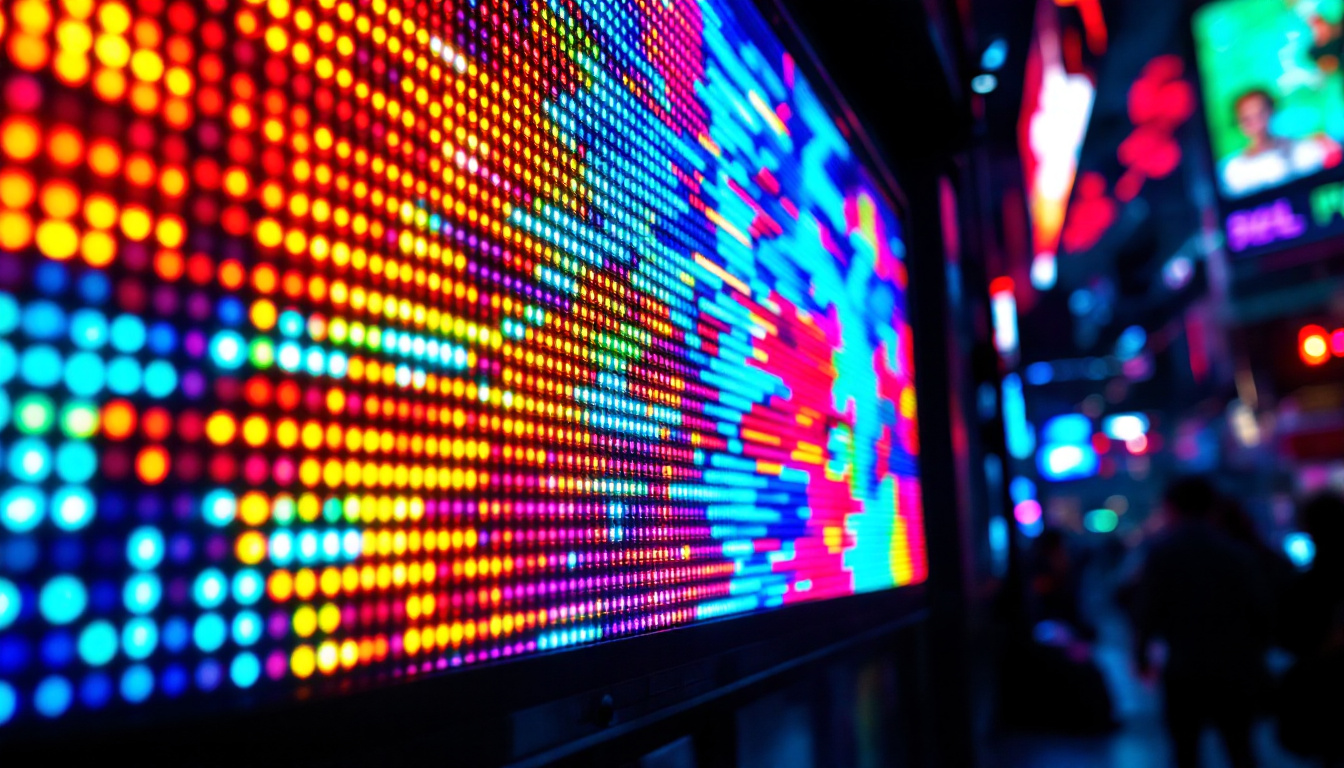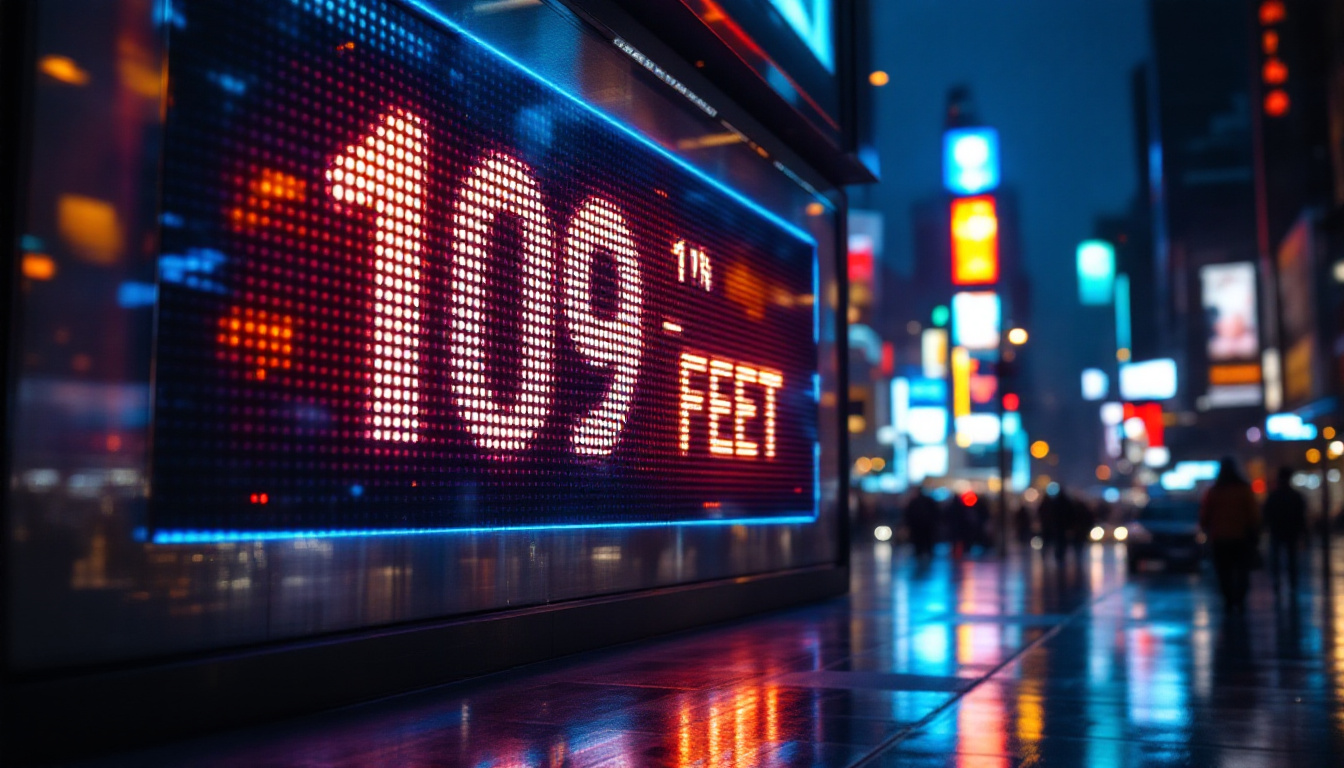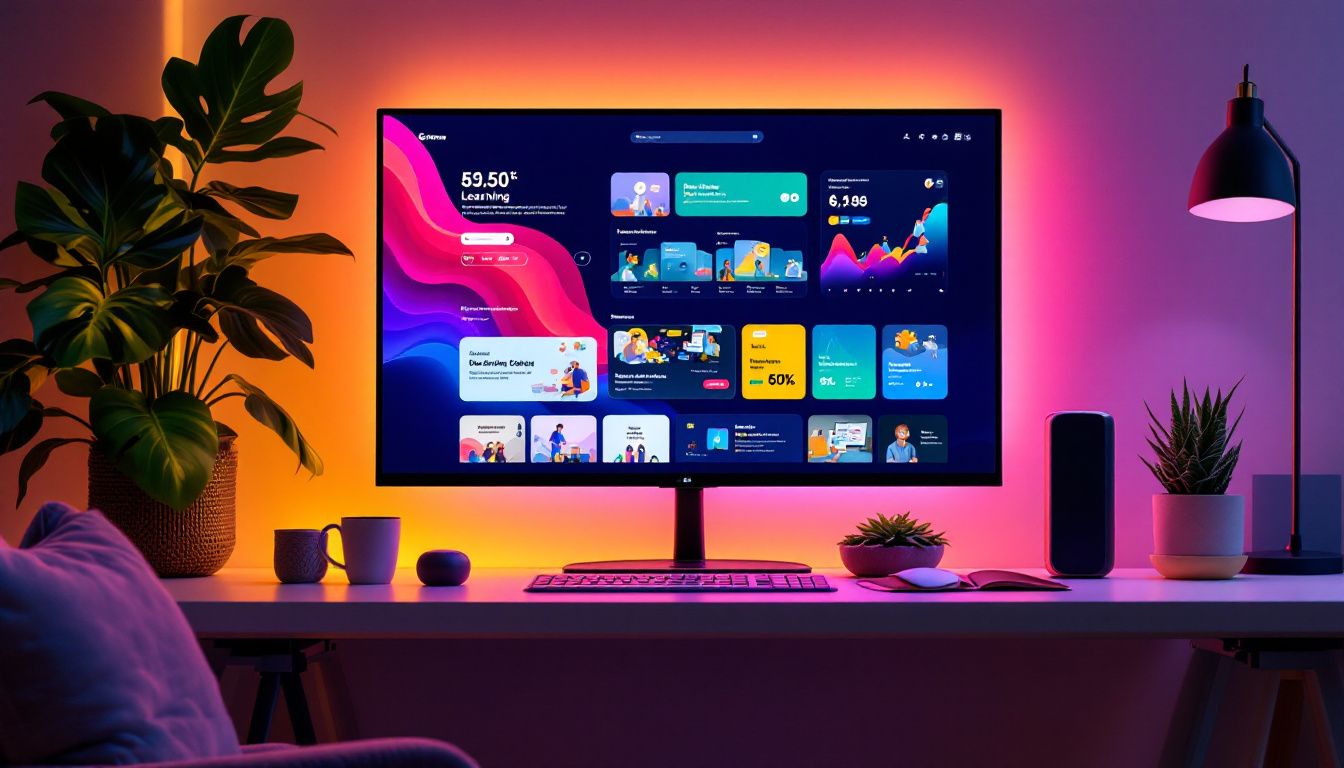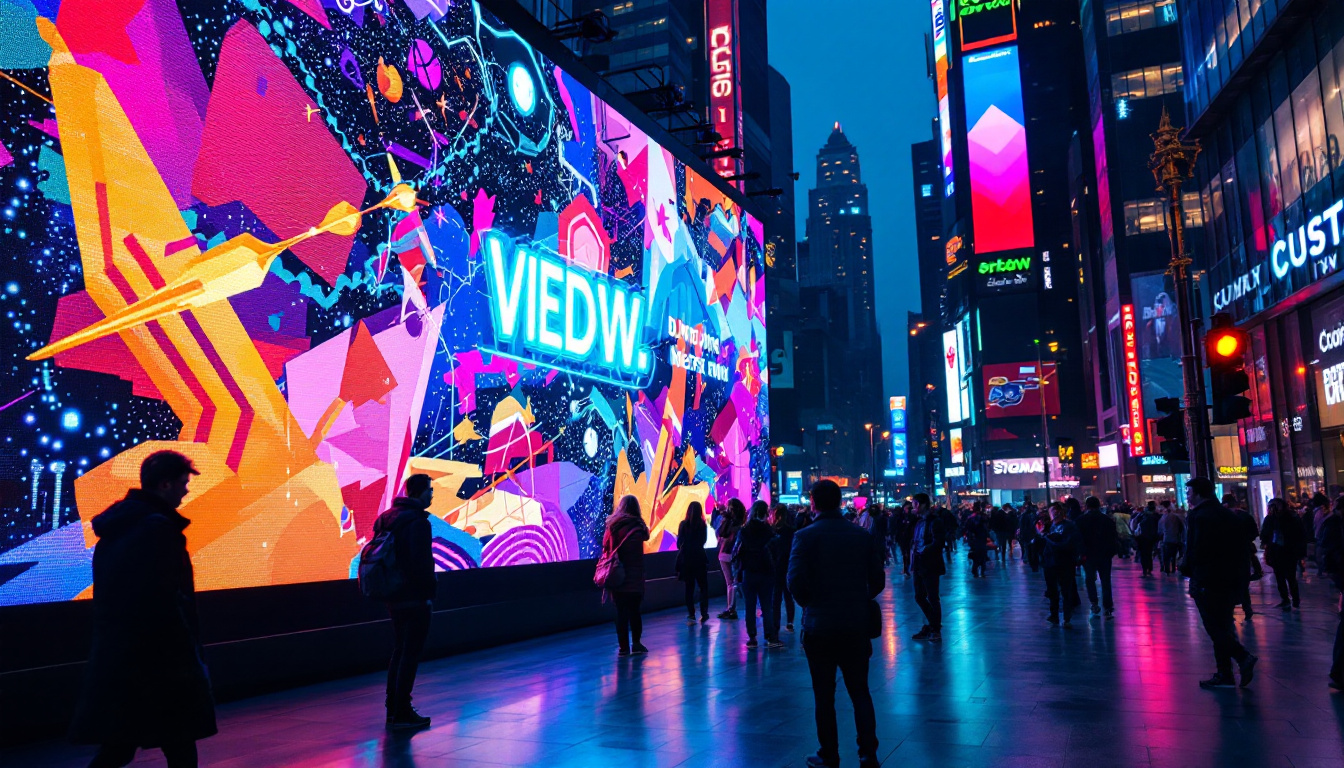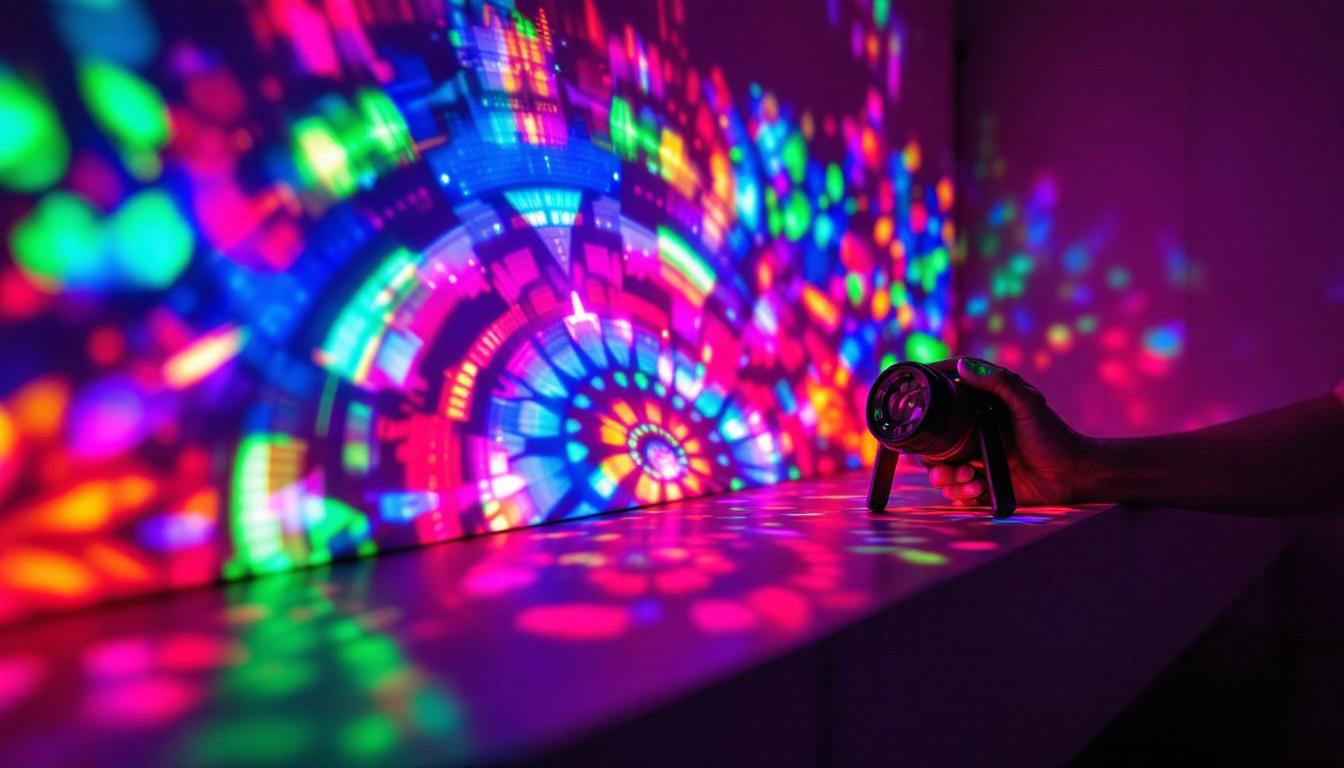In today’s digital age, LED displays have become ubiquitous, serving a multitude of purposes in various sectors. From advertising to personal devices, understanding the specifications of these displays is crucial for both consumers and professionals. One common conversion that often arises is the measurement from inches to millimeters, particularly when discussing display sizes. This article delves into the specifics of converting 2.5 inches to millimeters and explores the implications for LED displays.
Understanding the Basics: Inches to Millimeters
Before diving into the specifics of LED displays, it is essential to grasp the fundamental conversion between inches and millimeters. The inch is a unit of length commonly used in the United States and a few other countries, while the millimeter is part of the metric system and is widely used internationally.
To convert inches to millimeters, the standard formula is straightforward: multiply the number of inches by 25.4. Therefore, 2.5 inches can be converted into millimeters using this simple calculation.
The Conversion Process
Using the formula mentioned, the conversion of 2.5 inches to millimeters is calculated as follows:
- 2.5 inches × 25.4 mm/inch = 63.5 mm
This means that a display measuring 2.5 inches diagonally is equivalent to 63.5 millimeters. This conversion is particularly useful when comparing specifications from different manufacturers or when assessing compatibility with various devices.
Why This Conversion Matters
Understanding the size of a display in millimeters can be crucial for several reasons. For instance, manufacturers often provide specifications in metric units, which may differ from the imperial measurements used in some regions. This discrepancy can lead to confusion when purchasing or comparing devices.
Moreover, in fields such as engineering and design, precise measurements are essential. Knowing the exact size in millimeters allows for better planning and integration of displays into various applications, from consumer electronics to industrial machinery. In addition, the precision offered by the metric system can enhance communication among international teams, ensuring that everyone is on the same page regarding dimensions and specifications.
Furthermore, understanding these conversions can also aid in the selection of appropriate mounting hardware or enclosures for displays. For example, if a designer is working on a project that requires a specific display size, knowing the millimeter equivalent can help in sourcing the right components that fit seamlessly into the design. This attention to detail not only improves the aesthetic appeal of the final product but also ensures functionality and performance are not compromised.
LED Displays: An Overview
LED (Light Emitting Diode) displays have revolutionized the way information is presented. They are known for their brightness, energy efficiency, and versatility. Unlike traditional LCD displays, LED technology allows for thinner screens, improved color accuracy, and longer lifespans. The development of LED displays has also contributed to a significant reduction in energy consumption, making them an environmentally friendly choice for consumers and businesses alike. This shift not only benefits the user in terms of lower electricity bills but also plays a part in reducing the overall carbon footprint associated with display technologies.
LED displays come in various sizes and resolutions, making them suitable for a wide range of applications, from small screens on smartphones to large billboards in urban environments. Understanding the dimensions and specifications of these displays is vital for consumers looking to make informed decisions. The advancements in LED technology have also led to the emergence of flexible and curved displays, which offer new possibilities for design and functionality, allowing for innovative installations that can adapt to various architectural environments.
Types of LED Displays
There are several types of LED displays, each catering to different needs and environments. The most common types include:
- Direct View LED: These displays are often used for large outdoor advertising and can be viewed from a distance. They are designed to be bright and durable, capable of withstanding harsh weather conditions while maintaining high visibility even in direct sunlight.
- LED-backlit LCD: This type combines traditional LCD technology with LED backlighting, providing better contrast and color accuracy. This hybrid approach allows for thinner screens while still delivering excellent picture quality, making them popular in both consumer electronics and professional displays.
- MicroLED: A newer technology that offers even higher resolution and energy efficiency, MicroLED displays are gaining popularity in high-end applications. These displays consist of tiny, self-emissive pixels that can produce stunning visuals with deep blacks and vibrant colors, making them ideal for immersive viewing experiences.
Applications of LED Displays
LED displays are utilized in numerous applications across various industries. Some of the most prominent uses include:
- Advertising: Outdoor and indoor advertising makes extensive use of LED displays for their high visibility and dynamic content capabilities. Businesses can easily update their advertisements in real-time, allowing for targeted marketing that can adapt to changing consumer interests and trends.
- Television and Entertainment: LED technology has become the standard for televisions, providing viewers with vibrant colors and sharp images. The rise of 4K and 8K resolution displays has further enhanced the viewing experience, making LED screens a preferred choice for both home theaters and commercial cinemas.
- Information Displays: Airports, train stations, and public venues often use LED displays to convey real-time information to the public. These displays are crucial for ensuring that travelers receive timely updates regarding schedules, delays, and other important announcements, enhancing overall efficiency and passenger experience.
In addition to these applications, LED displays are also making strides in the field of art and design. Artists and designers are increasingly incorporating LED technology into their works, creating dynamic installations that engage audiences in new ways. The ability to manipulate light and color in real-time opens up a realm of creative possibilities, transforming traditional art forms into interactive experiences. Furthermore, the integration of smart technology with LED displays is paving the way for innovative solutions in smart homes and IoT applications, where displays can serve as central hubs for information and control.
Key Specifications to Consider
When evaluating LED displays, several key specifications should be taken into account. These specifications can significantly impact the performance and suitability of the display for specific applications.
Resolution
Resolution refers to the number of pixels in a display, typically represented as width x height. Higher resolutions result in sharper images and more detailed content. For instance, a display with a resolution of 1920×1080 offers Full HD quality, while 4K displays provide even greater detail.
When selecting an LED display, it’s essential to choose a resolution that matches the intended use. For close viewing distances, such as in home theaters, higher resolutions are preferable, while lower resolutions may suffice for larger, distant displays.
Brightness
Brightness is another critical specification, measured in nits. The brightness level determines how well the display can be seen in various lighting conditions. For outdoor displays, higher brightness levels are necessary to combat sunlight, while indoor displays may require less brightness.
For example, a display intended for outdoor advertising may have a brightness rating of 5000 nits or more, while an indoor display might be around 300-500 nits. Understanding the brightness requirements for specific applications can help ensure optimal visibility.
Viewing Angle
The viewing angle of an LED display indicates how far off-axis a viewer can be while still seeing a clear image. Displays with wider viewing angles are more versatile, allowing for better visibility in various settings.
For instance, a display with a viewing angle of 160 degrees can be viewed comfortably from the side, making it suitable for large audiences. In contrast, displays with narrow viewing angles may be more appropriate for personal devices where viewers are typically positioned directly in front.
Choosing the Right LED Display
Selecting the right LED display involves considering several factors, including the intended use, environment, and budget. Here are some tips to guide the decision-making process:
Identify the Purpose
Understanding the primary purpose of the display is crucial. Whether it’s for advertising, personal use, or professional presentations, the requirements will vary significantly. For instance, a display used for outdoor advertising will have different specifications compared to one used for a home theater setup.
Evaluate the Environment
The environment in which the display will be used also plays a significant role in the selection process. Factors such as lighting, space, and audience size should be considered. In brightly lit environments, a display with higher brightness and contrast will be necessary to ensure visibility.
Budget Considerations
Finally, budget constraints are an important factor. LED displays come in a wide range of prices, and it’s essential to find a balance between quality and affordability. While high-end displays offer superior performance, there are also many mid-range options that provide excellent value for money.
Future Trends in LED Display Technology
The LED display industry is continuously evolving, with new technologies and trends emerging regularly. Staying informed about these developments can help consumers and professionals make better purchasing decisions.
Advancements in MicroLED Technology
MicroLED technology is one of the most exciting advancements in the display industry. This technology offers improved energy efficiency, higher brightness, and better color accuracy compared to traditional LED displays. As MicroLED becomes more mainstream, it is expected to redefine the standards for display quality.
Integration with Smart Technology
Another trend is the integration of LED displays with smart technology. This includes features such as touch capabilities, connectivity with mobile devices, and the ability to display dynamic content based on real-time data. Such advancements make LED displays more versatile and user-friendly.
Sustainability and Energy Efficiency
As environmental concerns grow, the demand for sustainable and energy-efficient display solutions is increasing. Manufacturers are focusing on creating LED displays that consume less power and have a lower environmental impact, aligning with global sustainability goals.
Conclusion
Understanding the conversion from inches to millimeters, particularly in the context of LED displays, is essential for making informed decisions. With 2.5 inches equating to 63.5 millimeters, consumers can better assess the specifications of various displays.
As LED technology continues to advance, staying informed about the latest trends and specifications will empower users to choose displays that meet their needs effectively. Whether for personal use, advertising, or professional applications, the right LED display can significantly enhance the viewing experience.
Discover LumenMatrix’s Advanced LED Display Solutions
Ready to experience the future of visual communication? LumenMatrix is at the forefront of LED display innovation, offering a diverse range of solutions tailored to your needs. From vibrant Indoor and Outdoor LED Wall Displays to dynamic Vehicle and Sports LED Displays, our technology is designed to captivate and engage. Explore our LED Poster Displays, interactive Floor LED Displays, and the sleek All-in-One LED Display options. For something truly unique, our Custom LED and Transparent Displays are sure to impress. Elevate your brand’s visibility and create unforgettable visual experiences with LumenMatrix. Check out LumenMatrix LED Display Solutions today and transform your space with cutting-edge LED technology.


